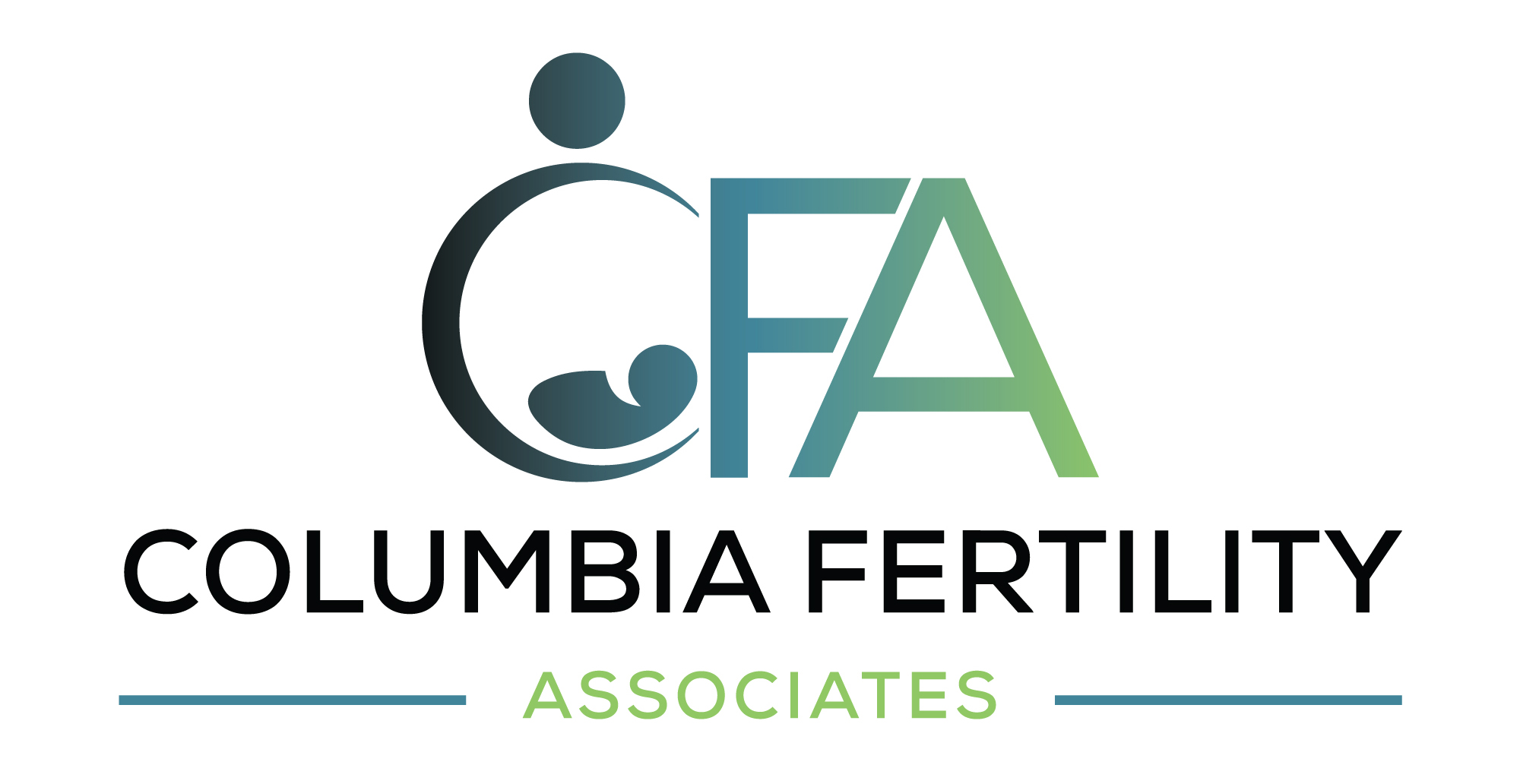In-Vitro Fertilization
In vitro fertilization involves a complex series of procedures to help couples overcome infertility. It entails fertilizing a woman’s eggs with a man’s sperm in a laboratory and then placing fertilized eggs inside the uterus.

In-Vitro Fertilization Q & A
Who is a Good Candidate for In-Vitro Fertilization?
IVF treats various causes of infertility, such as blockages in the fallopian tubes or other issues that prevent ovulation. The team at Columbia Fertility Associates may also recommend this treatment if the man has a low sperm count or issues with sperm motility.
Other situations that may benefit from IVF include couples with genetic disorders or cases where the cause of infertility can’t be diagnosed.
What Should I Expect from In-Vitro Fertilization?
The team at Columbia Fertility Associates performs IVF in three steps:
- Ovarian Stimulation: You receive injections to increase the number of eggs your ovaries produce. Your provider closely monitors the developing eggs with ultrasound and blood tests. When the eggs are mature, you receive a hormone called human chorionic gonadotropin (hCG) and the egg retrieval is scheduled for 34-36 hours later.
- Egg Retrieval and Fertilization: An expert surgeon at Columbia Fertility Associates retrieves the mature eggs from your ovaries through a minimally invasive procedure. You may be under light anesthesia during the procedure. Your surgeon uses ultrasound guidance or a technique called laparoscopy to retrieve the eggs. Then, they place the eggs in culture dishes and move the dishes to an incubator set to your body temperature. Shortly after they retrieve the woman’s eggs, the male partner provides a semen sample, which gets processed to isolate the most vigorous sperm for insemination. Then, the experts at Columbia Fertility Associates examine the eggs for signs of normal fertilization and may schedule embryo transfer any time between two and six days after egg retrieval.
- Embryo Transfer: This step is usually a simple procedure that doesn’t require anesthesia. Your provider loads the fertilized embryos into a catheter, or thin tube, and gently passes the tube through your cervix and into the uterus. They use ultrasound imaging to make sure the catheter tip is positioned correctly and then transfer the embryos to the uterus. Embryos that don’t get transferred can be frozen for future use.
To schedule an appointment with the world’s best IVF professionals, call Columbia Fertility Associates or book an appointment online today.

